These medium-sized cats are native to Central and South America. Ocelots were once highly valued for their fur, leading to a decline in their population numbers. Thankfully, protections illegalizing hunting ocelots have allowed them to bounce back. Read on to learn about the ocelot.
Description of the Ocelot
Ocelots have distinctive black spots and bands over a reddish/tan background. Their undersides are more cream-colored, and have fewer spots. The spots on the ocelot’s legs, tail, and head are smaller, while the pattern on its body is more extensive. Each rounded ear has a white spot in the middle.
Interesting Facts About the Ocelot
As with many other South American cats, these secluded creatures are skilled predators. Hunting is competitive, so ocelots have a few traits to help give them the upper paw.
- Practical Patterns – Ocelots’ beautiful coats are for more than just show. In their rainforest habitat, the vegetation forms a canopy above the ground, which creates a filter allowing only patches of spotty, muddled light to reach the ground. Ocelot coats replicate this light pattern, providing them with expert camouflage.
- What’s in a Name? – The name “ocelot” comes from the Aztec word tlalocelot, which means “field tiger.” This name is in reference to their banded coloration.
- Queen of the Jungle – Female ocelots are called “queens,” and male ocelots are called “torns.” A group of ocelots is known as a “clutter,” or a “clowder.”
- Sir Naps-a lot! – Ocelots are nocturnal, which means they are most active at night. Between dusk and dawn ocelots will move along game trails searching for prey. Come daytime, they spend most of their time napping, just like your cat at home!
Habitat of the Ocelot
Ocelots live in tropical rainforests, savannas, thorn forests, and mangrove swamps. These cats prefer living in dense vegetation, as it provides them with additional cover to stalk prey. They can occasionally be seen hunting in open areas.
Distribution of the Ocelot
You can find ocelots across much of South America, Central America, and portions of Mexico. There is also a small population in Southern Texas. Historically, ocelots could be found in North America from Arizona to Louisiana, but they have been largely eradicated from the United States.
Diet of the Ocelot
These carnivores feed on virtually anything weighing less than three pounds. They eat small mammals, birds, frogs, fish, insects, and reptiles. Different populations have different “key” prey species that they rely upon. For example, the Venezuelan population of ocelot feeds primarily on land crabs, iguanas, and rodents. Ocelots walk along trails searching for the scent of potential prey. They use stealth and camouflage to stalk and kill prey.
Ocelot and Human Interaction
Humans and ocelots rarely have positive interactions. The primary threat to ocelots today is habitat destruction and deforestation. Ocelots utilize dense vegetation to survive, and loss of habitat can be devastating to the cats. They are also hunted by poachers for their skin and meat, which is sold on the black market.
Domestication
Ocelots have not been domesticated in any way, but they are occasionally kept as pets.
Does the Ocelot Make a Good Pet
In most states, it is illegal to own an ocelot as a pet. Even if it is legal in your state, ocelots require a lot of care to maintain their health. They can be quite dangerous, as they have sharp claws and teeth that are made for capturing prey. If one has extensive resources (aka money) you may be able to provide an appropriate home if you do your research.
Ocelot Care
Ocelots must be provided with plenty of space for exercise, and lots of hiding places. They are nocturnal, so they must have access to a secure exercise location at night. They are obligate carnivores, and must be fed fresh, restaurant-quality meat daily. In addition to basic necessities, ocelots should be provided with a variety of enrichment devices to keep them mentally stimulated.
Behavior of the Ocelot
Ocelots are generally solitary creatures. Males hold much larger territories than females. A male will not cross territories with another male, but he may have several females within his territory. While patrolling their territories, ocelots scent mark trees and bushes using urine. This allows animals to communicate with one another, and females to advertise when they’re fertile.
Reproduction of the Ocelot
Female ocelots give birth to between one and three kittens. The mother will create a den in dense vegetation, in which to give birth. To keep her kittens safe, the mother ocelot will frequently move them to different dens, to avoid detection by predators. The kittens will leave the den at three months old, but they remain with their mother up to two years.

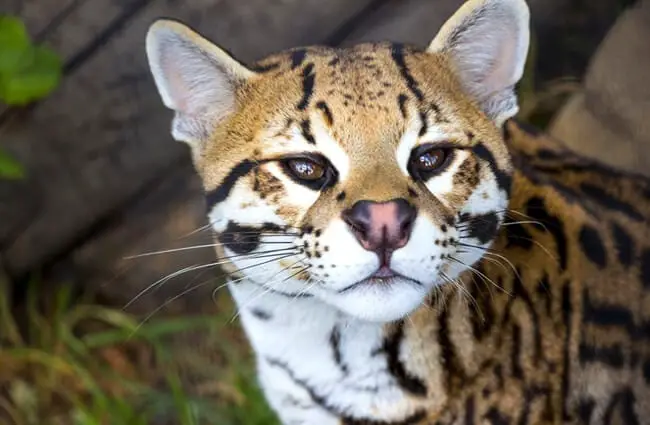
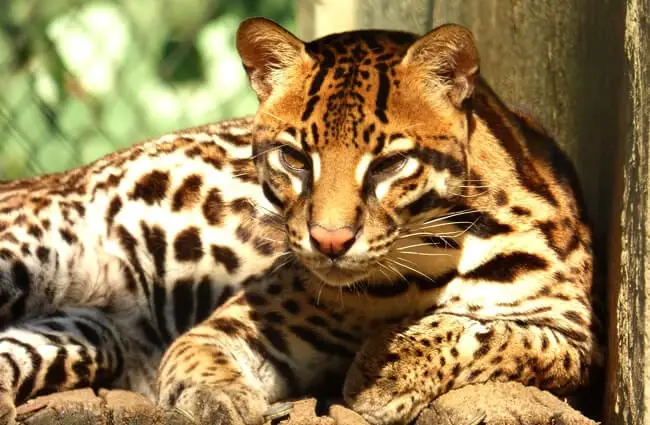
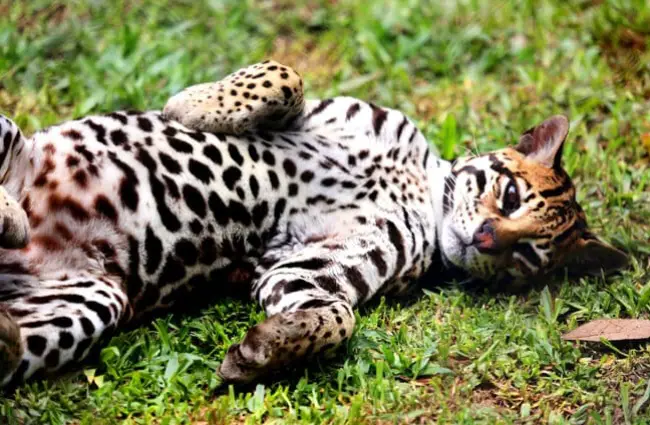

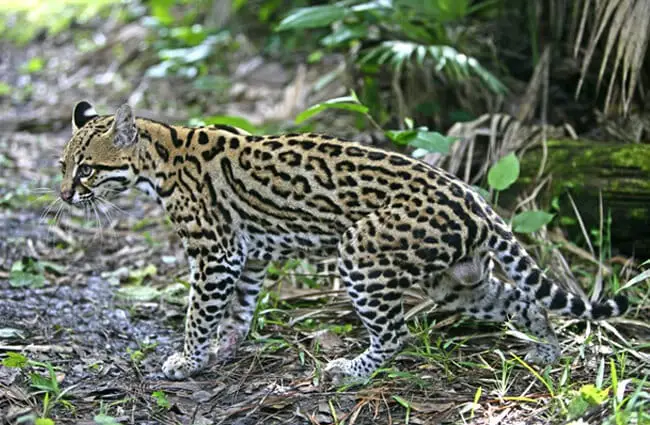
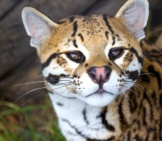




![Red Angus Closeup of a beautiful Red Angus cowPhoto by: U.S. Department of Agriculture [pubic domain]https://creativecommons.org/licenses/by/2.0/](https://animals.net/wp-content/uploads/2020/03/Red-Angus-4-238x178.jpg)












![Red Angus Closeup of a beautiful Red Angus cowPhoto by: U.S. Department of Agriculture [pubic domain]https://creativecommons.org/licenses/by/2.0/](https://animals.net/wp-content/uploads/2020/03/Red-Angus-4-100x75.jpg)

